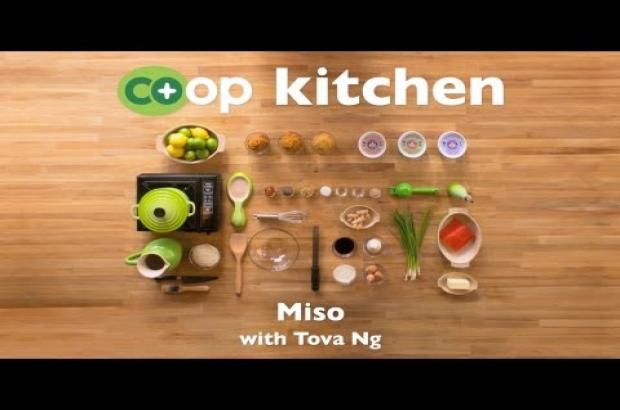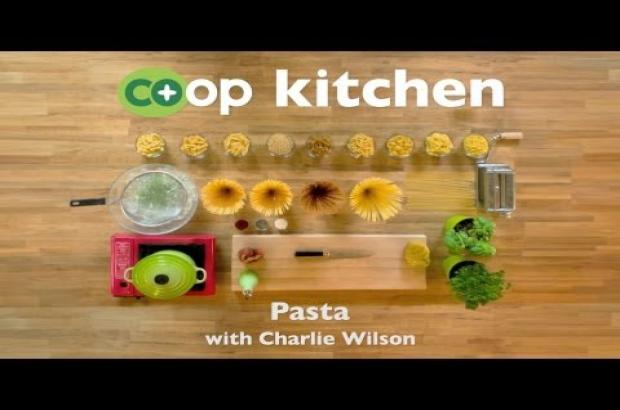Common Knife Cuts
Save time (and your fingers!) by learning how to use your kitchen knife properly. Casey Wilcox demonstrates the proper way to hold a knife as well as several basic knife cuts you can use every day.
Find more Co+op Kitchen videos featuring information and easy recipes for making delicious meals at home, as well as handy hints from chefs and food enthusiasts who love sharing their passion for great food.
Video Transcript
Hi. My name is Casey Wilcox. I'm the executive chef of Justine's, a French brasserie. And we're going to talk about knife cuts.
Gripping a knife
We'll start with how you grip a knife.
We'll hold the knife above the heel with our thumb and forefinger in kind of a pinch. And you wrap your fingers around it gently, and you keep a soft grip so that you can have control of the blade.
In order to kind of maximize that length and to slide things on it, we'll use the rocking method. We'll start with the tip of the knife on the cutting board, and we'll roll through the whole edge of the knife slowly, until the heel hits the cutting board. To protect our fingers, we'll grip the food firmly but curl our fingers away from the blade. We'll even use our fingernail to protect our fingertip when we're smaller things.
Knife cuts
Chop
So, the first, most basic, cut, a thing that you're going to be probably already familiar with, is the chop. It's a rougher, larger cut, where we're not so concerned about the uniformity of things.
Batons and matchsticks
So, I'm going to show you how to do baton and matchstick. First we'll cut planks. And then turn them on their side. And cut batons, kind of using the same thickness as we cut for the slices. If we made really skinny batons, they would be called matchsticks.
Julienne
Another common cut that you've definitely heard of is the julienne. An apple is an easy thing to julienne. It's already the right size and easy to cut. What the julienne essentially is it's a baton that’s 1/8 by 1/8, and it's generally about 2 inches long.
Another thing that we would julienne very often is herbs or leafy greens. And there's a little trick. We'll lay them together evenly, and then we'll roll them up so they stay very tight together. And then cut those thin slices from there. And you have a julienne.
Dice
And now for dicing an onion. The method is almost exactly what we just did with the eggplant, but there is just a slight variation.
The first slices will go horizontal through the onion, almost all the way to the root end. Now the same width across the top, straight down through. Once again, not going all the way to that root end. Lastly, the same cut one more time—straight though all the cuts we've already made.
Brunoise
Another commonly used cut is called the brunoise. It's a 1/8- by a 1/8-dice. So we'll lay one half of the garlic clove down. Hold it with our fingers. We'll slide the knife, just like we do with the onion. Slice the long way, again like the onion. And finally slide through.
Mince
The mince is similar to a chop, except that we're going really small with it. You can just start chopping and keep on chopping, but in order to damage things a little bit less, it's nice to dice them first and then run a knife through until we end up with a mince.
These skills take some practice, but in time you'll have a skillset that you can have forever.
I'm Casey Wilcox for Co+op, stronger together.













